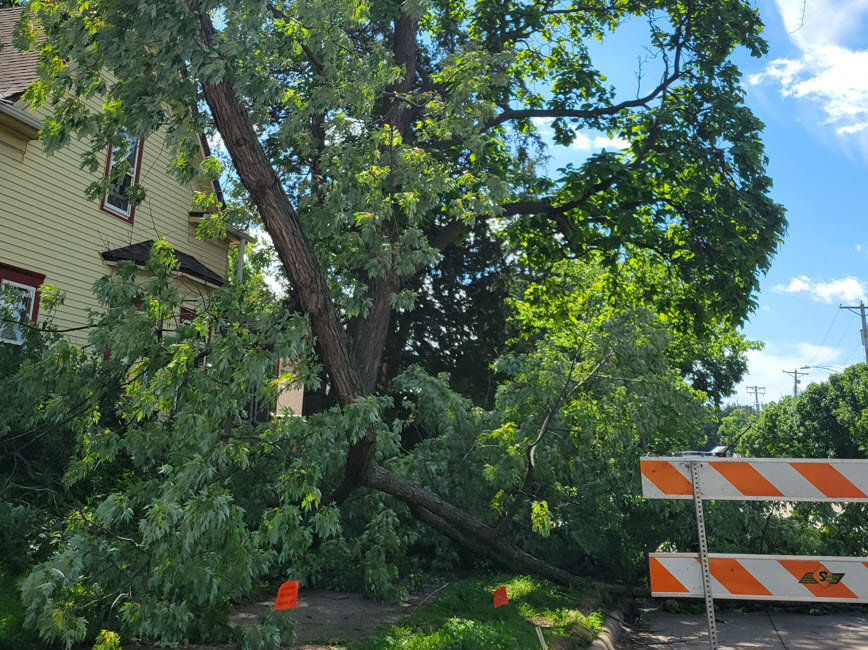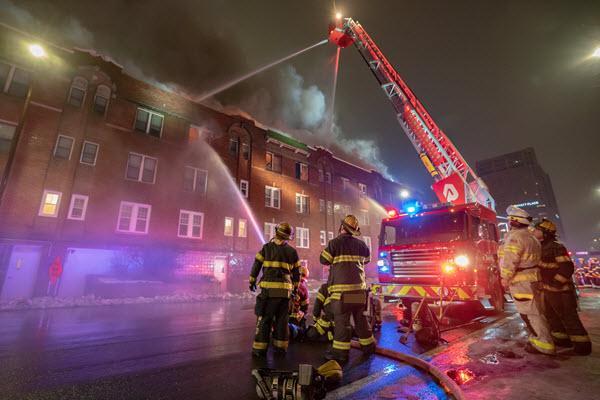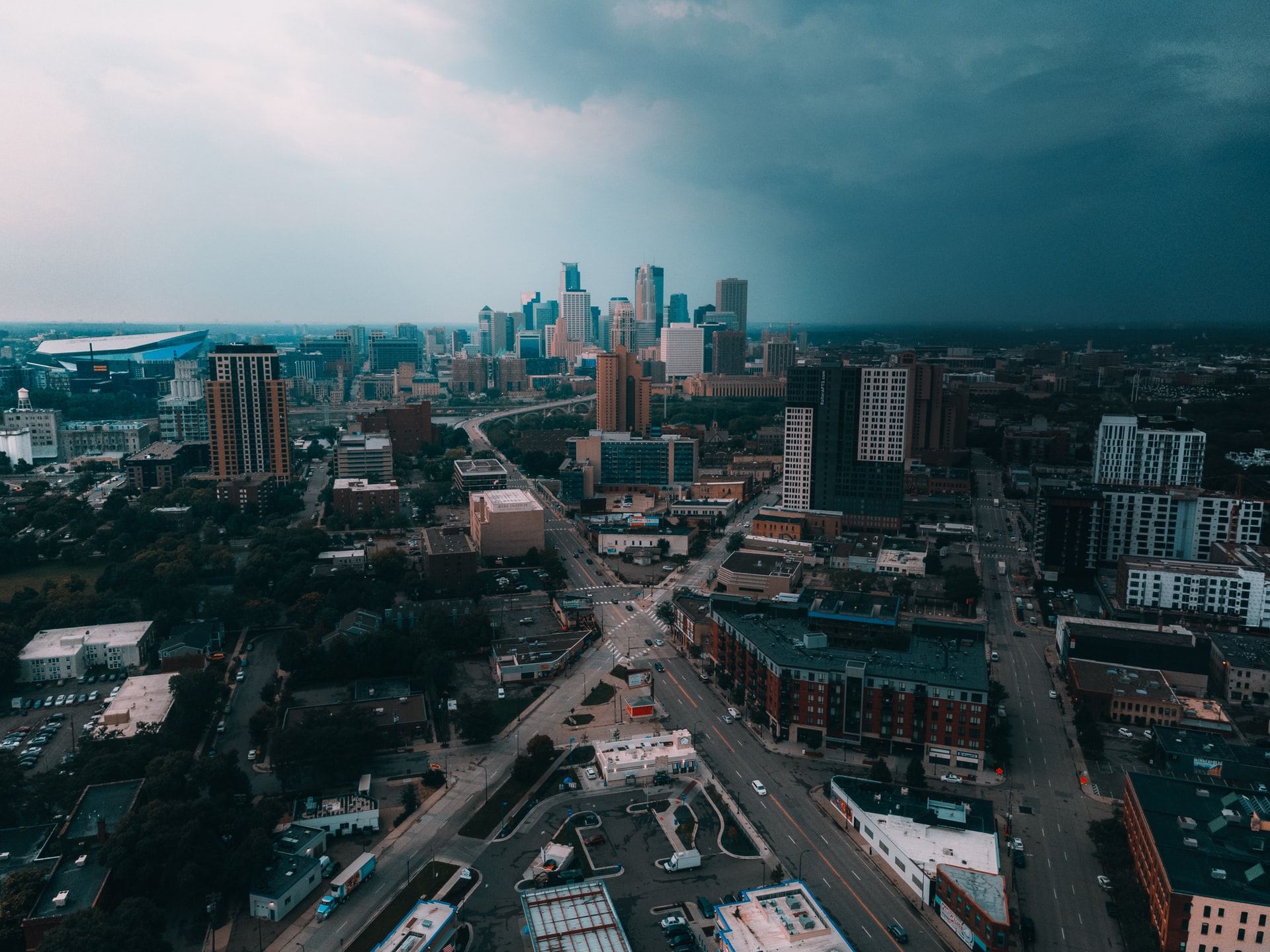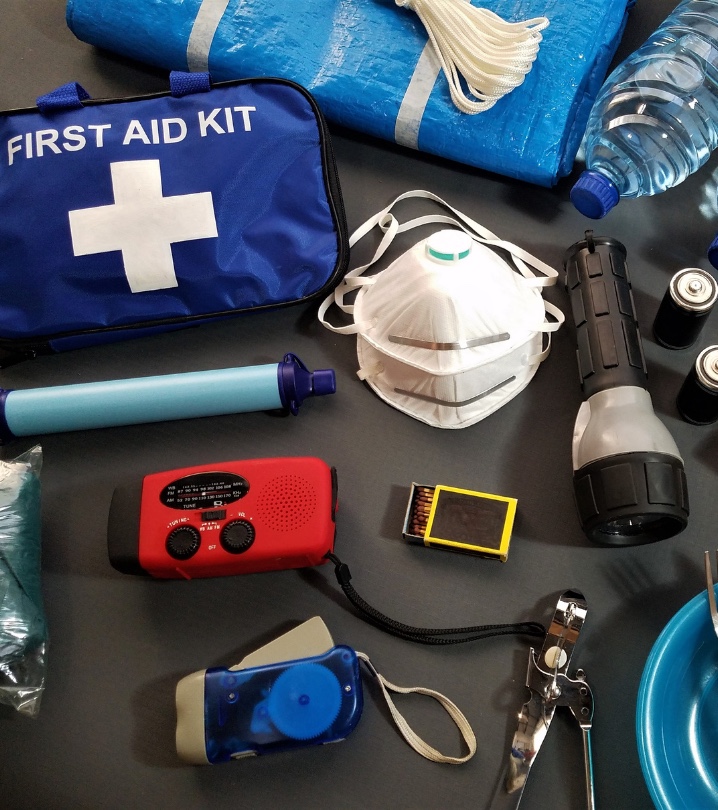City emergency response
Emergency Operations Plan
Emergency Operations Plan (EOP)

The EOP addresses how we can:
- prepare for
- lessen the impact of
- respond to
- recover from
many incidents and events.
Improving the plan
We cross-check our plan and procedures to make sure the City is in line with:
- The state’s policies and plans
- State and federal guidelines
- Neighboring counties
The plan is a living document. We update it to reflect changes and additions as needed.
How we work with our partners
The City works with, communicates with and relies on our partners to help before, during and following disasters.
Our partners include:
- Other city and county organizations
- State departments
- Federal departments
- Private and non-governmental businesses and groups
Coordinating efforts with multiple groups
When a specific threat or incident means we need more resources, we may work with other groups.
To do this, we need to:
- Use our City resources urgently.
- Work with other cities and partners to plan an urgent use of our resources.
Actions we take include:
- Monitoring the threat or hazard.
- Sharing information.
- Activating a Multi-Agency Coordination System (MACS).
- Setting up a partial or staffed Emergency Operations Center.
How MACs allow the City to coordinate resources
- Starting up the Emergency Operations Center.
- Working and making decisions with multiple groups to support the on-scene incident response.
- Growing and lessening the number of resources needed to manage the incident or event.
How we respond
Mitigation

We're set up to help reduce the damage caused by incidents and natural disasters. For example:
- Tornadoes
- Hazardous materials spills
- Floods
- Severe thunderstorms
- Snowstorms
These events can create a threat to life and property in Minneapolis.
Response

We gather and share information about a city:
- Threat
- Hazard
- Emergency situation
We share this info using:
- Notification and warning systems
- Joint information centers to keep details in one place
- Other means to share information, such as our City website
Recovery
Short-term recovery starts right after an incident happens and we've begun response efforts. If short incidents lead to long-term incidents, we'll support the recovery as needed.
Disaster recovery efforts includes action taken before and after an incident happens.
What we do before an incident
We'll explore many ways, and create systems, to engage with:
- People
- Families
- Organizations
- Businesses
What we do after an incident
Damage to City property
When a hazard or threat damages City property, we work with State and Federal disaster recovery efforts partners. They help decide if we're eligible for disaster relief.
What we respond to
Person-made hazards
Events or incidents that involve people, or things made by people, may include:
- Terrorism
- Hazmat spills
- Civil unrest
- Transportation accidents
- Dams
- More
Natural disasters
Natural disasters may include:
- Tornadoes
- Floods
- Severe thunderstorms
- Snow storms
- More
Technology incidents
A technology-related incident may include:
- Industry accidents
- Radiation
- More




